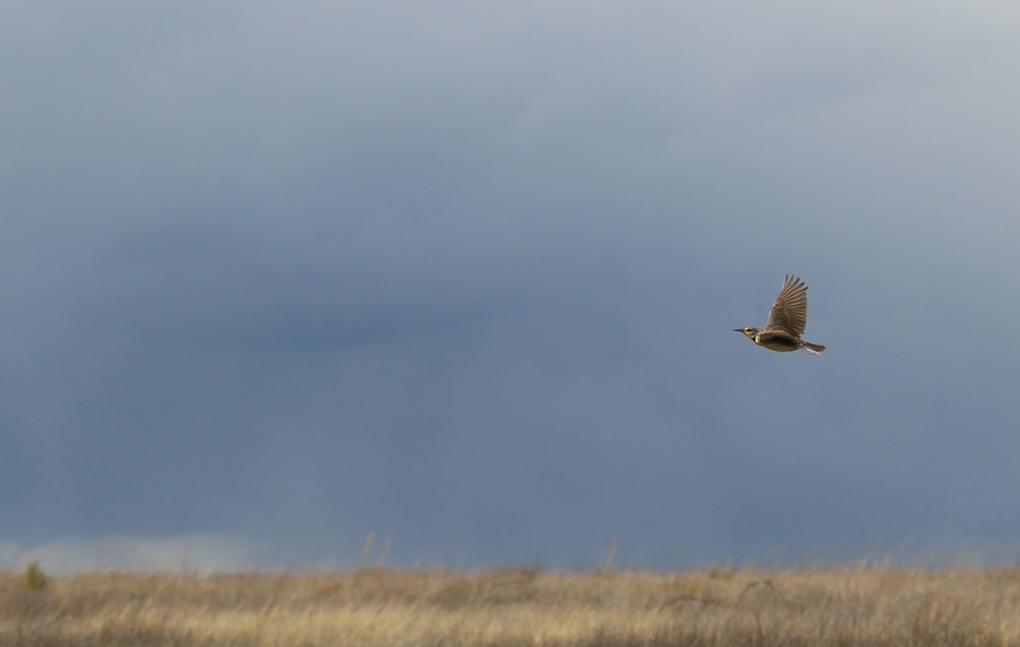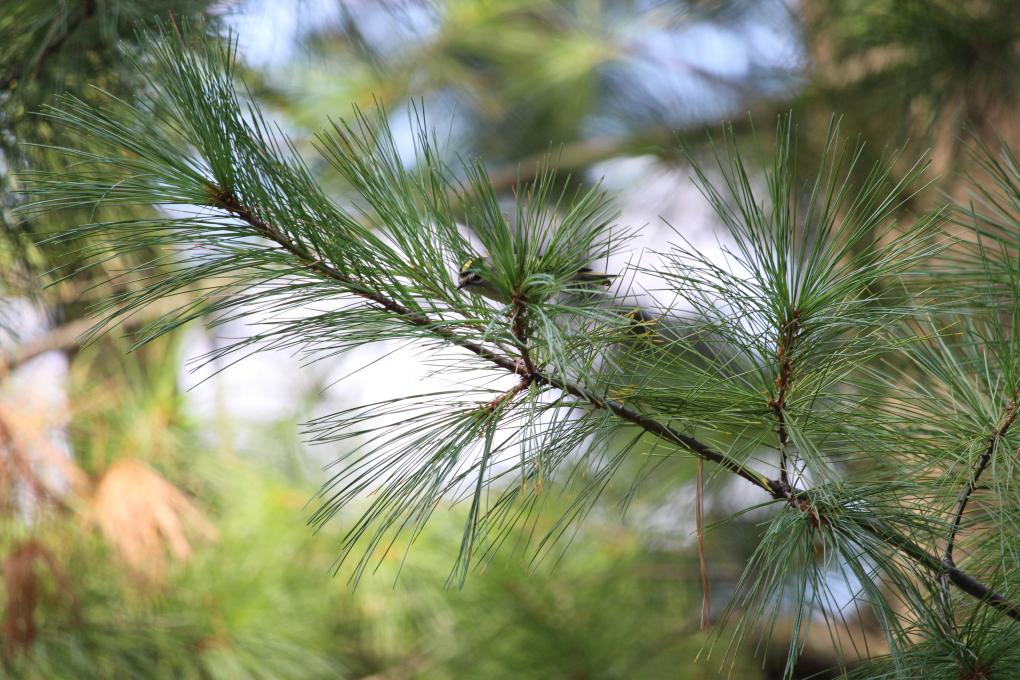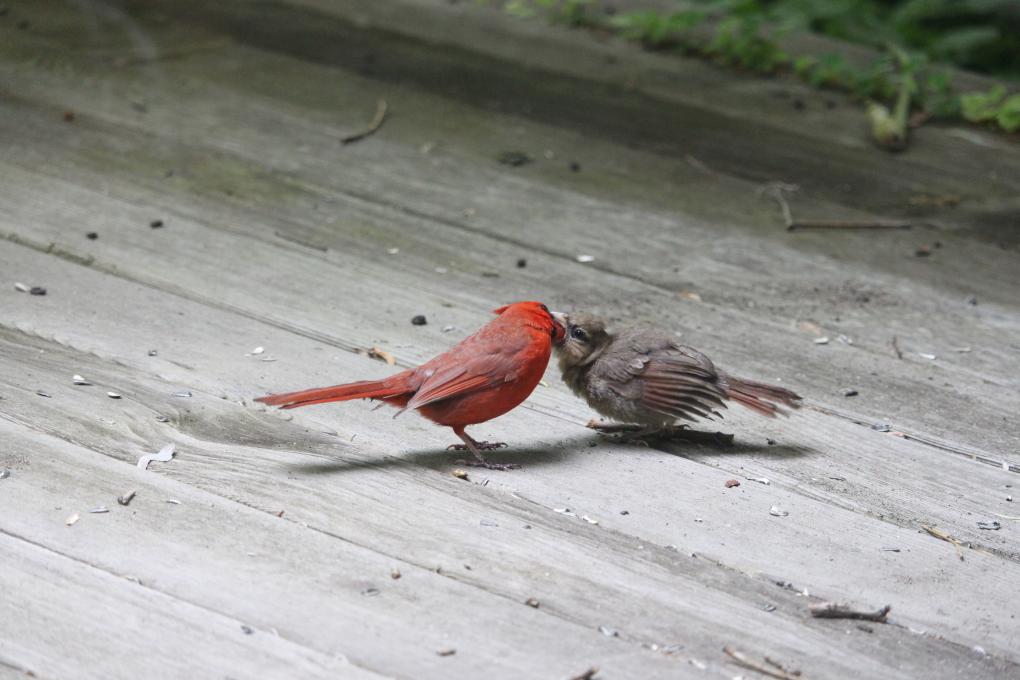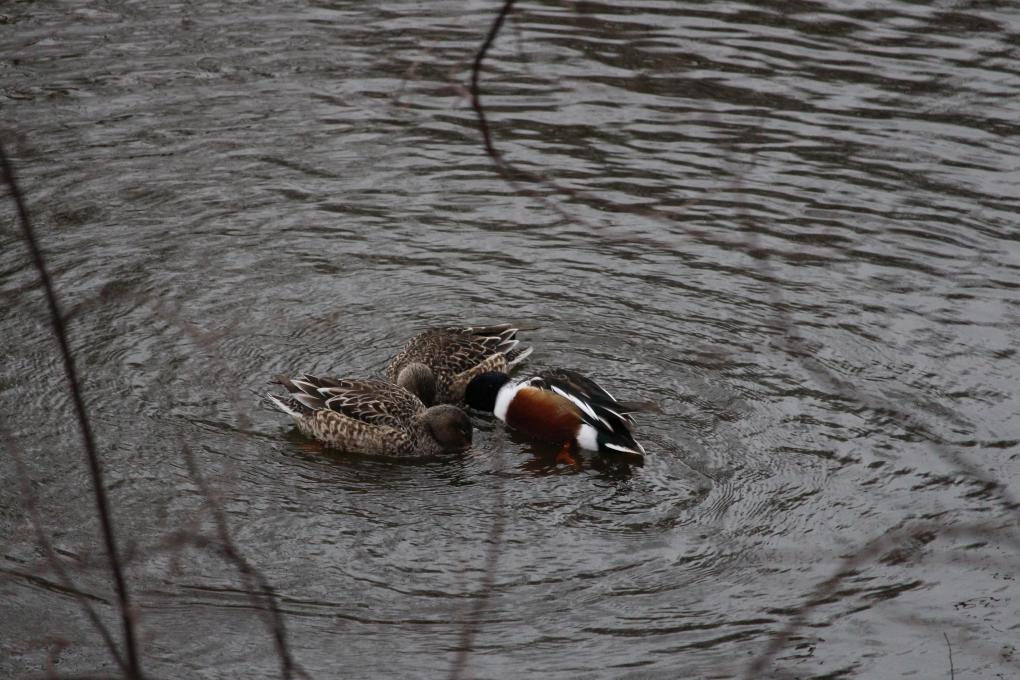Sarah
Forum Replies Created
Viewing 5 posts - 1 through 5 (of 5 total)
-
SarahParticipantI've always liked this shot I took before taking this course of a flying western meadowlark. I now see that it has some of the elements Melissa says are characteristic of "classic" photos of birds in flight: creamy bands of color in the background, distinctly up wing position, and plenty of space for the bird to fly into. Looks like it may have been back or side lit? Looking forward to trying to get sharper focus, catch light on the eye, working with the sun and wind behind me, and trying to capture interesting behaviors. I like the stoic "stillness" of this shot but will be fun to explore different creative approaches and trying to capture more dynamic images too.
 in reply to: Practice Capturing Birds in Flight #791836
in reply to: Practice Capturing Birds in Flight #791836 -
SarahParticipantThe reflection in the second shot is amazing!in reply to: Practice Capturing Birds in Flight #791821
-
SarahParticipant

 Found a good sit spot by accident in Central Park. After I spent about an hour trying to get shots by foot of golden-crowned kinglets, which never sit still, I got tired and sat on a bench across from this pine tree to rest. That's when one of the kinglets came out to just above eye-level and "posed" out in the open for several minutes. in reply to: Practice Gaining an Audience with Birds #781832
Found a good sit spot by accident in Central Park. After I spent about an hour trying to get shots by foot of golden-crowned kinglets, which never sit still, I got tired and sat on a bench across from this pine tree to rest. That's when one of the kinglets came out to just above eye-level and "posed" out in the open for several minutes. in reply to: Practice Gaining an Audience with Birds #781832 -
SarahParticipantThis lesson was informative and made some the gear terminology that definitely intimidates me more accessible; thank you! I have several goals: 1. I hope to document my bird list by getting nice shots of as many species as possible. 2. I also am inspired by telling stories with photos—showing interesting behaviors like courtship, hunting/foraging, parental care. I love an unusual or silly image that makes me stop and wonder, “What’s going on there?,” like when a bird takes an unexpected shape because of a raised crest or extended neck or the photographer's point of view (like really symmetrical head-on portraits). And 3. I hope to become more skilled at photography to deepen my understanding of and appreciation for birds! For example, I took this photo of a male cardinal feeding his fledgling sunflower seeds from my feeder, but I didn’t know that’s what was happening at the time I was taking the photos. It happened quickly and at first glance I thought maybe it was a male feeding a female as part of courtship, but because I had taken photos I could look more closely later and see that it was a juvenile, and look up the behavior. Photography has really helped my ID skills this way too. "Shoot first, identify later” was my MO when I was starting out, and now after studying my photos I can ID a lot more species in the field.
 I use a DLSR: the Canon EOS Rebel T5i with a 55-250mm zoom lens. It’s my first and only camera and it has been a dependable beginner birding camera and lens for me. I’ve been using it on the automatic settings until I learn how to play with the manual settings (hence this course), but even so, it’s been fun to use, has improved my bird identification a lot, and has given me some shots I’m really happy with.
Aperture is one thing I have never paid attention to before, but I see now my zoom lens is f/4.0 at the 55mm setting, and then reduced to f/5.6 when extended 250mm—closing to accommodate the longer focal length as Melissa said. I think I want to look into a teleconverter to take it to the next level and get more detail in my shots before I invest in any super telephoto lenses. I also have a tripod I’ve never used—it came in a bundle with lenses and other accessories when I bought the camera—which I am now looking forward to trying out. in reply to: Practice Matching Your Gear to Your Goals #769939
I use a DLSR: the Canon EOS Rebel T5i with a 55-250mm zoom lens. It’s my first and only camera and it has been a dependable beginner birding camera and lens for me. I’ve been using it on the automatic settings until I learn how to play with the manual settings (hence this course), but even so, it’s been fun to use, has improved my bird identification a lot, and has given me some shots I’m really happy with.
Aperture is one thing I have never paid attention to before, but I see now my zoom lens is f/4.0 at the 55mm setting, and then reduced to f/5.6 when extended 250mm—closing to accommodate the longer focal length as Melissa said. I think I want to look into a teleconverter to take it to the next level and get more detail in my shots before I invest in any super telephoto lenses. I also have a tripod I’ve never used—it came in a bundle with lenses and other accessories when I bought the camera—which I am now looking forward to trying out. in reply to: Practice Matching Your Gear to Your Goals #769939 -
SarahParticipantNorthern shovelers! I first noticed these birds in Central Park a couple months ago (early November) because a pair was engaging in a mesmerizing behavior of swimming together in circles with their beaks down, almost in a dance-like spiral. I originally researched yellow-bellied sapsuckers for this exercise, but on my latest bird outing (January 1) I did not see any sapsuckers and instead saw the shovelers at it again, spiraling together beaks-down, this time in a group of three with a few other individuals joining in occasionally. Inspired by these two observations, I researched shovelers retroactively, but I'll continue to stay on the lookout for sapsuckers. It’s not cheating, it’s investigating a new observation in the spirit of inquiry. ;-) And one takeaway from not seeing sapsuckers is that I need to work on my tree IDs because I learned they favor hickories, pines, and oaks in the winter, so I’ll probably have better luck if I hang around those trees. Was pleased to learn the shovelers were in fact feeding by filtering small crustaceans through comb-like structures called lamellae on their bill. This is something I knew flamingos did, but I didn’t know some ducks also do. From my research also learned that shovelers are long distance migrants who are only in NYC in the winter. And they favor shallow wetlands, which makes sense because I saw them in a shallow part of The Lake both times. Now I know where and when to find them again. :) Jan 1, 2021 observation:
 in reply to: Practice Understanding Birds for Better Photos #769788
in reply to: Practice Understanding Birds for Better Photos #769788
Viewing 5 posts - 1 through 5 (of 5 total)


 Found a good sit spot by accident in Central Park. After I spent about an hour trying to get shots by foot of golden-crowned kinglets, which never sit still, I got tired and sat on a bench across from this pine tree to rest. That's when one of the kinglets came out to just above eye-level and "posed" out in the open for several minutes.
Found a good sit spot by accident in Central Park. After I spent about an hour trying to get shots by foot of golden-crowned kinglets, which never sit still, I got tired and sat on a bench across from this pine tree to rest. That's when one of the kinglets came out to just above eye-level and "posed" out in the open for several minutes.  I use a DLSR: the Canon EOS Rebel T5i with a 55-250mm zoom lens. It’s my first and only camera and it has been a dependable beginner birding camera and lens for me. I’ve been using it on the automatic settings until I learn how to play with the manual settings (hence this course), but even so, it’s been fun to use, has improved my bird identification a lot, and has given me some shots I’m really happy with.
Aperture is one thing I have never paid attention to before, but I see now my zoom lens is f/4.0 at the 55mm setting, and then reduced to f/5.6 when extended 250mm—closing to accommodate the longer focal length as Melissa said. I think I want to look into a teleconverter to take it to the next level and get more detail in my shots before I invest in any super telephoto lenses. I also have a tripod I’ve never used—it came in a bundle with lenses and other accessories when I bought the camera—which I am now looking forward to trying out.
I use a DLSR: the Canon EOS Rebel T5i with a 55-250mm zoom lens. It’s my first and only camera and it has been a dependable beginner birding camera and lens for me. I’ve been using it on the automatic settings until I learn how to play with the manual settings (hence this course), but even so, it’s been fun to use, has improved my bird identification a lot, and has given me some shots I’m really happy with.
Aperture is one thing I have never paid attention to before, but I see now my zoom lens is f/4.0 at the 55mm setting, and then reduced to f/5.6 when extended 250mm—closing to accommodate the longer focal length as Melissa said. I think I want to look into a teleconverter to take it to the next level and get more detail in my shots before I invest in any super telephoto lenses. I also have a tripod I’ve never used—it came in a bundle with lenses and other accessories when I bought the camera—which I am now looking forward to trying out. 